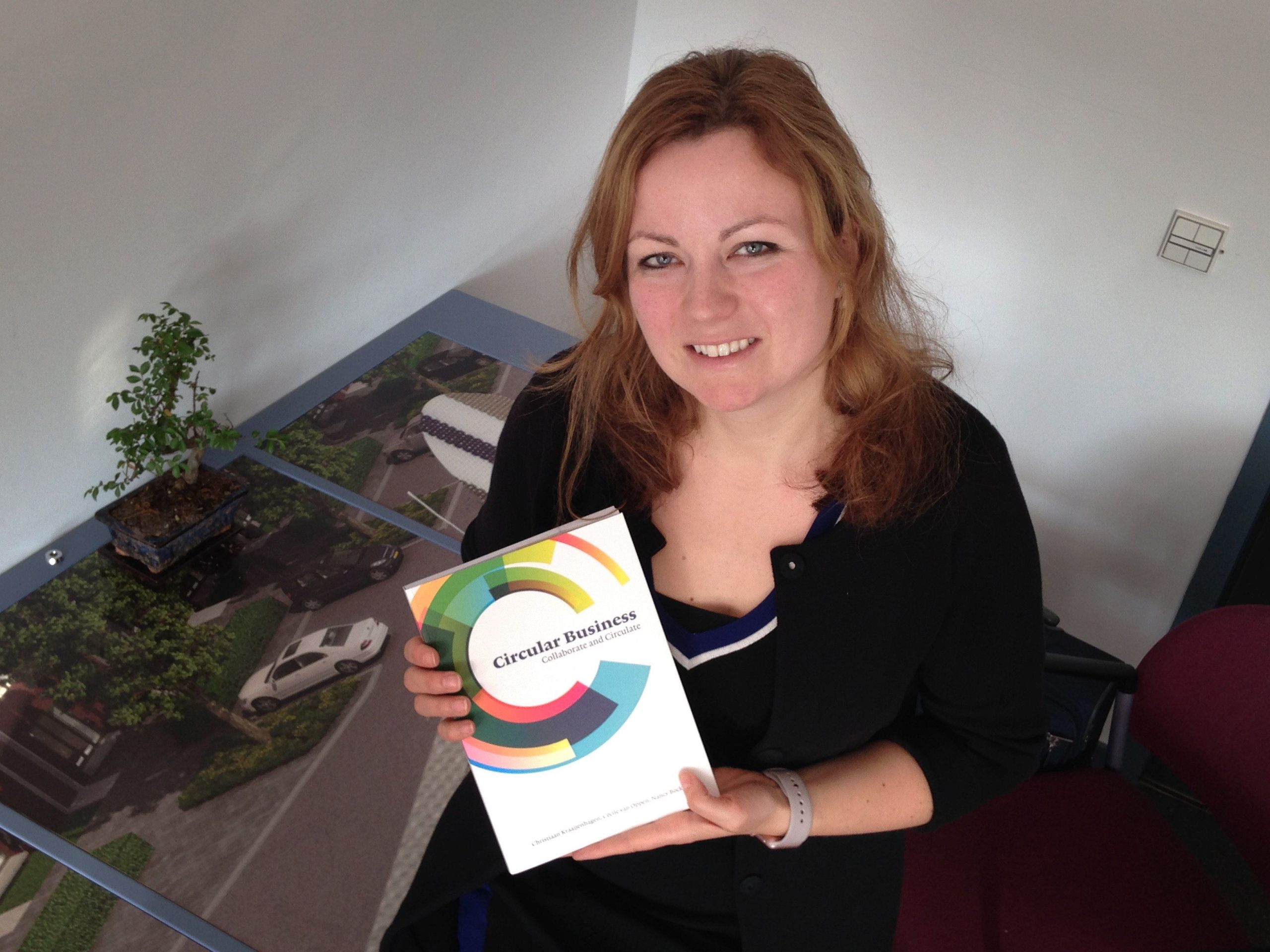Throwaway consumerism is making way for repairable and sustainable products. Associate Professor Nancy Bocken published a book on this new trend of Circular Business.
Dr. Nancy Bocken, associate professor at the faculty of Industrial Design Engineering (IO), co-authored the book with innovation strategist Christiaan Kraaijenhagen and Cecile van Oppen, co-founder of the circular consulting firm Copper8 in Amsterdam. So what is this ‘Circular Business’ all about?
Bocken, who is also Senior Research Associate at the University of Cambridge and fellow at the Cambridge Institute for Sustainability Leadership (CISL) said “Circular Business is about getting away from throwaway products towards making products that last long times, can be repaired and ultimately recycled at the end of their lifetime. We underline the business side of things since the revenues change when you make a durable product. How are you going to make money if you cannot replace products every three years?”
Are there examples of such circular economics?
“Leasing and providing services is regarded as a future business model. MUD jeans for examples leases its jeans and takes the textile back after use for reuse or recycling. The book features some different examples of manufacturing businesses.”
For whom did you write the book?
“For people in business practice. People from companies kept asking us for details. When Christiaan Kraaijenhagen introduced circular business in the Netherlands, people asked him how to bring circular business into practice. In 2012, we set up a workshop, together with the non-profit organisation Circle Economy. That was well received. Many consultants visited the workshop, in which they recognised an opportunity. So, I expect experts to buy the book and also people who work in businesses and who want to make a change towards sustainability. And I notice that students are interested as well.”
I understand that the lack of collaboration between sectors is the main obstacle to a circular economy. How does this book help with that?
“Circular business requires another mindset. It’s not about competition anymore, but about collaboration with several parties to enable circular business models. We mention the example of a carpet manufacturer Interface Networks that collects discarded fishing nets from the sea to turn them into carpets through a collaboration with Aquafil and the Zoological Society of London. Sometimes the initiative comes from a non-profit organisation that identifies a problem and targets a company that is partly responsible for the situation to set up a solution. Groups have changed their approach from a confronting to a more collaborative style.”
In your book, you identify mental, organisational and institutional barriers. I missed the technological and environmental obstacles, since recycling often requires energy and chemicals to recover materials from waste.
“We do discuss technology as a part of the three elements collaboration, technical and business model. We highlight technological aspects in our example cases, but we think that the technology is well developed in comparison to the other aspects collaboration and business. Collaboration especially needs more attention to get things going.”
I noticed in the first chapter a lot of repetitions in the text. Is that a conscious choice?
“The ten step approach returns throughout the book as a common thread. That may feel repetitive, but not everyone reads the book cover to cover. Repetition helps the reader to enter into the content without necessarily having to start at page one.”
The book will be presented in De Nieuwe Poort, Amsterdam on Friday March 18, 2016.
Christaan Kraaijenhagen, Cecile van Oppen, Nancy Bocken, Circular Business – collaborate and circulate, Circular Collaboration, January 2016, 175 pages, Order for 35 euros (Netherlands) via www.circularcollaboration.com



Comments are closed.